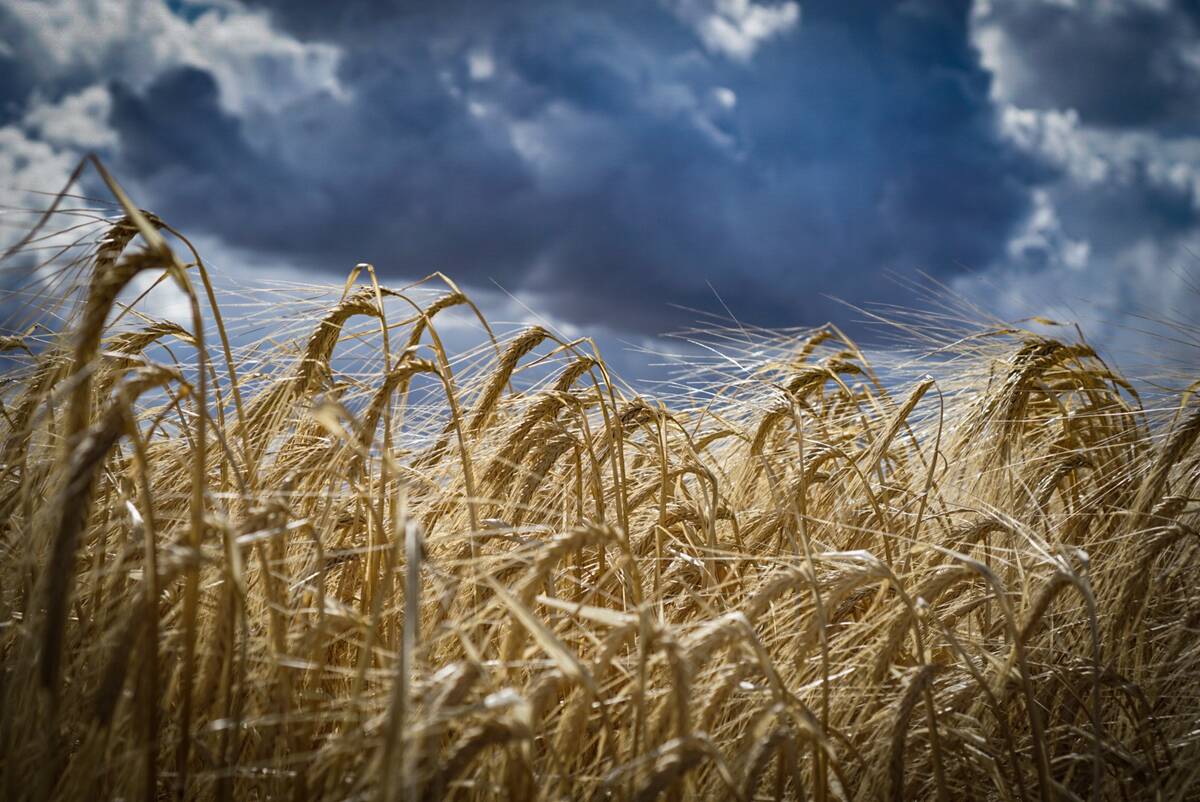Injecting fresh water down an oil well is the least favoured alternative to retrieve the petroleum, but it appears to be the most feasible for a pool in west-central Alberta.
“We would prefer not to obviously, but in that particular area there are no viable sources of saline or non-potable water available,” said Kirby Wanner, chief operating officer of Kereco Energy.
The company plans to apply to withdraw up to 1,500 cubic metres of water for daily injection into existing oil wells. Using the flood system can double the amount of oil retrieved.
Read Also

Malting barley exporters target Mexican market
Canada’s barley sector is setting its sights on the Mexican market to help mop up some of the lost demand from China
The company looked at using carbon dioxide, but it is not technically workable for this site.
“Even if we could achieve a technically feasible CO2 flood, this type of pool would be operated under an alternating gas flood, so there would still be a water requirement to operate it,” he said.
Kereco plans to decrease the volume it needs within two years because the same water would be recycled and reinjected into the project, which is expected to last 20 years.
The oil wells are about 1,300 metres deep and pass through the water aquifer. Independent tests indicate Kereco would withdraw about one percent of the aquifer’s supply.
The company could still pump out oil if Alberta Environment rejected its water application, but the supply of oil recovered “would be greatly diminished,” Wanner said.
The company realizes that using fresh water worries local landowners.
“There has always been competing objectives and there has always been that negotiation and work to come up with a win-win,” he said.
Overall use of ground water is declining, but in dry areas it still raises concerns among local users, said Mary Griffiths, senior policy analyst with the independent think-tank Pembina Institute.
In 2004, 7.3 percent of all allocations of Alberta’s surface and ground water were for conventional oil recovery and oil sands extraction.
Companies can use saline water, which is piped in, but occasionally there are pipeline breaks, leaving salty water on the surface.
The requested allocation of 1,500 cubic metres per day is high, said Griffiths. The traditional agriculture rate is 5,000 cubic metres per year for household and farm use.
“I would be concerned if it is being taken from ground water and what the impact on the aquifer would be,” she said.
“It is being removed from the hydrologic cycle and it stays underground. If you irrigate crops, a lot of that water goes back into the ground or the river,” Griffiths said.
One possibility is using saline water recovered from deep in the earth. It is available in most parts of the province.
“Usually water transitions from fresh to saline somewhere 200 and 600 metres deep,” she said.
Saline water is anything with more than 4,000 milligrams a litre of total dissolved solids.















